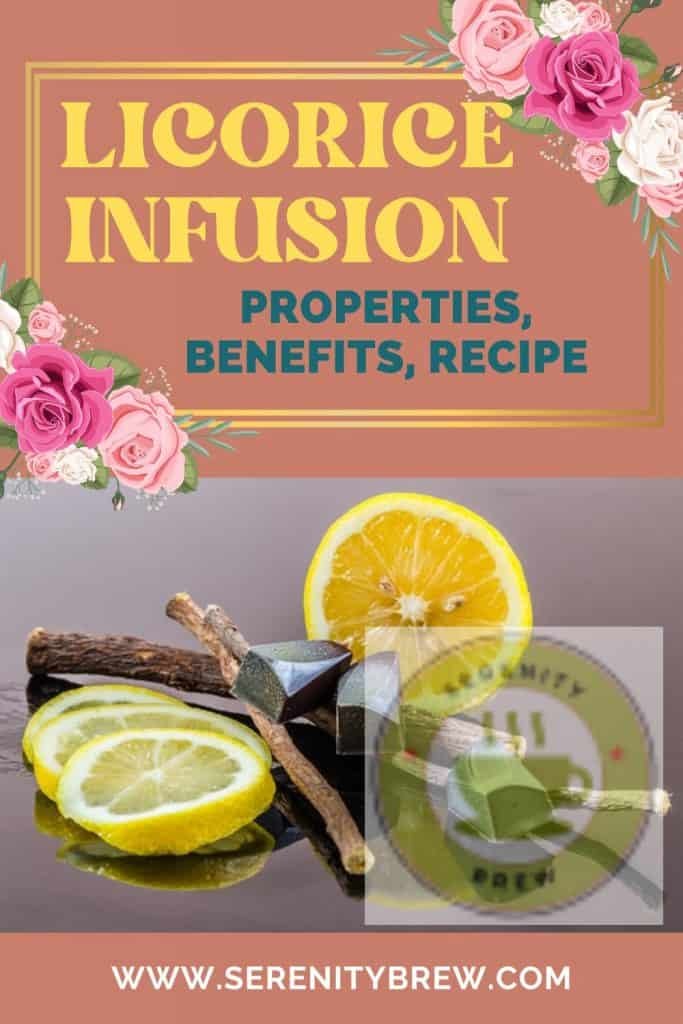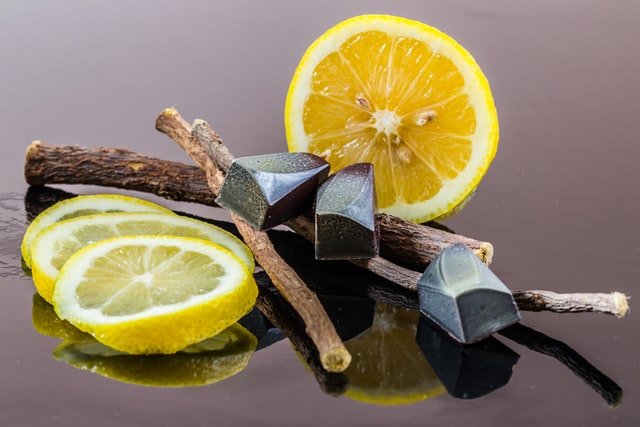
Licorice root is loved by some and hated by others, its flavor leaves no one indifferent. This humble plant that grows in ravines is famous for its health properties.
Summary: what is licorice infusion for?
The main uses of licorice infusion are related to the digestive system, it is a good remedy for indigestion and gas. In addition, it has expectorant properties that make it a good infusion to treat phlegm in cases of cold.
There are more properties that you can take advantage of this plant.
All the properties of licorice infusion
Licorice tea is loaded with health benefits. You can use it as an aid in the following situations.
Indigestion treatment
Licorice tea is traditionally used to relieve indigestion and other digestive system discomfort. One study looked at the efficacy of a Glycyrrhiza glabra extract in treating symptoms in patients with functional dyspepsia. This is what the discomfort of the upper abdomen is called, which ranges from distension and burning, to swelling and pain. After 30 days of consumption, symptoms were markedly improved compared to the control group.
A problem related to indigestion is gas, remember that a compilation of infusions to relieve them.
Cold relief
Traditional medicine recommends this infusion to alleviate the symptoms of different respiratory problems ranging from colds and sore throats to asthma. This is due to the antimicrobial and anti-inflammatory activity that different studies have proven.
In the case of sore throat, you could gargle with the infusion, in addition to drinking it. The cold is a common problem, in this article we list all the appropriate infusions for its treatment.
Improves symptoms of depression
Although the studies are not conclusive, animal research has indicated that licorice extract would have an antidepressant effect comparable to that of imipramine and fluoxetine, two well-known antidepressants. This would be due to the increase of dopamine in the brain that the consumption of this root would produce.
Increase defenses
It is not uncommon to hear that consuming licorice infusion helps improve the immune system. In fact, it is usually a regular recommendation from grandmothers. Although the data in this regard are not totally reliable, at the moment there are animal studies that indicate that this statement would be correct.
Antispasmodic effect
Thanks to its glycyrrhizin content, licorice exhibits an antispasmodic property that would help relieve intestinal discomfort as well as muscle spasms.
Antacid property
Ayurvedic medicine advises its consumption in case of gastritis, ulcers and heartburn, this is due to its potential antacid that relieves pain, attenuating annoying reflux.
Relief of menopausal symptoms
Researcher studied two groups of women suffering from the typical hot flashes associated with menopause. One of them received a placebo, while the other group took 3 capsules of licorice extract daily. The results showed that those women who had regularly consumed licorice had markedly improved their symptoms during the 8 weeks that the intervention was carried out.
Lose weight
Drinking licorice tea regularly is believed to help speed up weight loss. This is because its consumption would suppress the hormone aldosterone while glycyrrhetinic acid would reduce body fat.
Contraindications of licorice
Consuming licorice, either chewing it or in infusion, would not be recommended in the following cases:
- diabetes
- arterial hypertension
- potassium insufficiency
- pregnancy.
For this reason, we recommend that you consult your doctor before including licorice infusion in your diet.
Remember that, despite being a natural remedy, it can also cause allergies or interfere with the medication you are taking.
Preparation
To prepare the infusion and enjoy its benefits, we recommend infusing a teaspoon of licorice for each cup. Heat the water without letting it come to a boil, when it is close, turn off the heat and let it rest for five minutes. Sweeten with honey if you wish and benefit from its health properties.
The licorice plant

Liquorice, scientifically called Glycyrrhiza glabra, is a plant belonging to the Fabaceae family.
Originally from North Africa, Asia and Europe, it is found in humid areas, near ravines or riverbeds. The plant can reach a meter in height and is recognizable by its pineapple-like leaves and pale blue or purple flowers. In this case, unlike other plants, the root is what is used to prepare the infusion.
